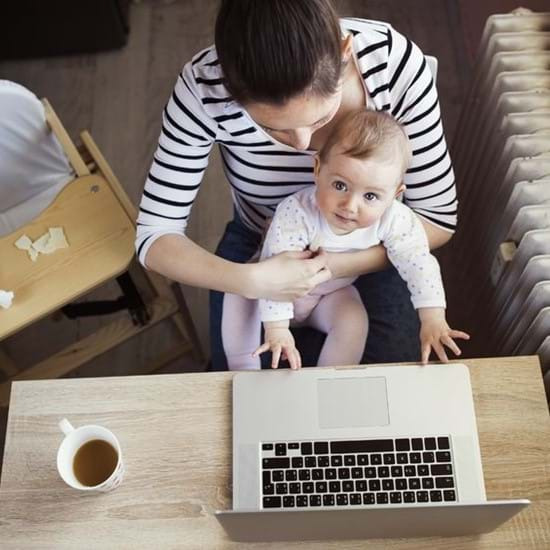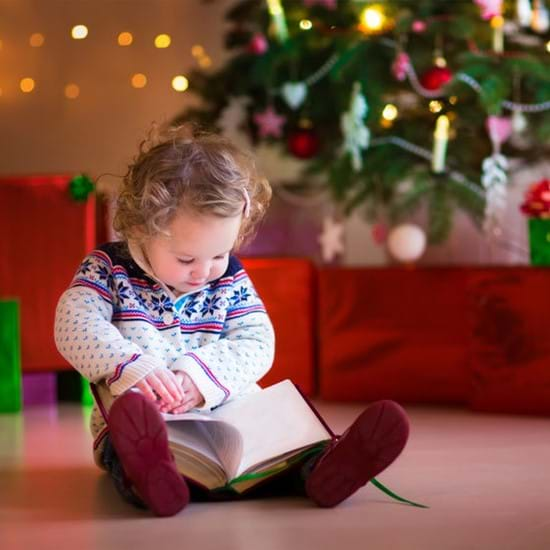
Pointers for Camping with Toddlers

Written by: Kaleido moms and dads
With summer at our door, you may think camping is off the table if you’ve got a little one. Well I can promise that’s not the case! As a lover of the great outdoors, I was eager to introduce my children to the grandeur of the Canadian wilderness early on and that’s what I did; it has now become a tradition for us to go on a camping trip every year.
Every trip was a special opportunity to gain some valuable experience on the do’s and don’ts of camping with toddlers, which I’m happy to pass on in this article.
Location, Location, Location!
Imagine a picturesque spot deep in the woods with a winding river nearby… now banish the thought! For your own peace of mind and your little one’s safety, go for the campsite a little further away from the lake or river, and a little closer to civilization. In the wilderness, an allergic reaction can happen quickly and having to drive over an hour just to leave the national park when you forget the Benadryl bottle can be an extremely stressful experience, trust me!
You might want to learn more about the vegetation around the camping area beforehand to avoid any surprises. For example, in 2015, our campsite in the Oka Region was surrounded by poison ivy. A simple google search or call to the wildlife reserve would have saved us a world of trouble―like having to turn over the picnic table and park the minivan strategically to create an improvised protective fence to keep the kids away! Explaining to a two-year-old not to run around a specific plant is simply impossible, so the constant supervision and anxiety was a bit of a damper that year.
Glamping or Tent?
From personal experience, glamping makes everything so much easier with toddlers. The wildlife reserves and National Parks managed by the Sépaq in Quebec offer ready-to-camp accommodations; these are my personal go-to for an amazing trip and are well-worth the extra cost―which is about $60 per night. The way I see it, I didn’t have to buy all the camping gear that would have also cost a pretty penny anyways.
These accommodations have beds, extra lighting, a heater, an electric or propane cooker, a small fridge, and basically everything you need to cook. There’s a table indoors, chairs outside and a picnic table. Basically, they make packing easier since, as I’m about to explain, over packing is a must.
Over Pack
When going on an adults-only vacation, the trick is to pack light. But with kids? Forget the idea of light: let yourself overdo it. It’s better to have something and not need it than to need something and not have it! Bring lots of clothes because these get dirty twice as fast. You’ll need long sleeve shirts (light colouring to ward off the ticks), hoodies and jeans for the cool nights and mornings, and then shorts and t-shirts to switch into once the sun’s been out a few hours. Basically, make a suitcase, and then make another with “just in case” clothes.
Then, let’s not forget toys (lots of them), life jackets, entertainment for the car ride, water bottles, towels and so forth. Again, bring more than not enough.
First Aid Kit
So as I mentioned earlier, forgetting the Benadryl bottle when you realize your son has been stung by a black fly is not ideal. Again, it’s better to fill you first aid kit to the brim. This list should cover just about any situation. I suggest leaving your complete kit at base-camp, but taking a few essentials with you when you leave for a hike or the beach (like a few band aids, the Benadryl bottle, antiseptic ointment and tweezers).
So don’t be scared to try this new experience even if you have younger children! There’s a lot to think about, but spending some much-needed time in the wilderness is full of benefits for your little ones. In the end, the best advice I have is this: always plan for the unexpected, because that’s usually what will happen. And when you have options to make things easier for you (such as ready-to-camp accommodations), go for it!
Sarah


